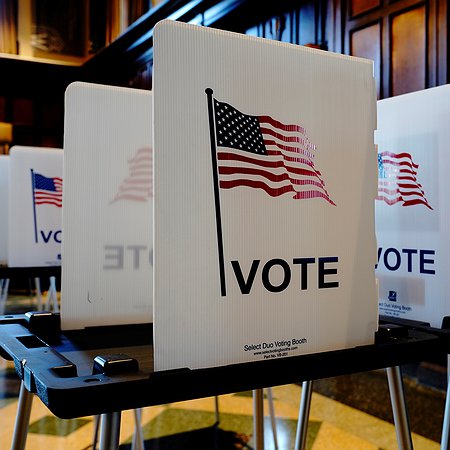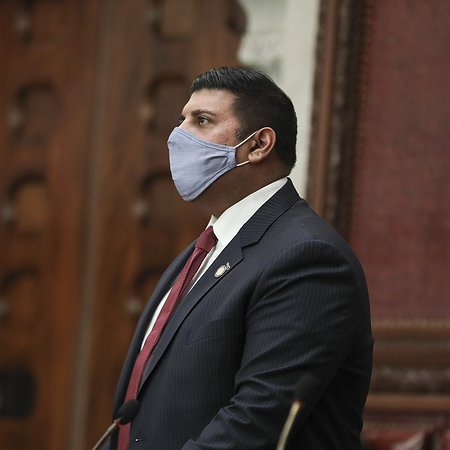Law Enforcement Falsely Link Case To Bail Reform, Criticize Judge For Using Discretion
Law enforcement officials scapegoated bail reform and lied about the effects of modest criminal justice reforms on public safety following the shooting of state trooper in Duanesberg late last week.
The Briefing

Law enforcement officials scapegoated bail reform and lied about the effects of modest criminal justice reforms on public safety following the shooting of state trooper in Duanesberg late last week. Though the case has nothing to do with bail reform, the New York State Police Investigators Association attempted to tie the case to bail reform, and the state troopers union took the extraordinary step of publicly criticizing the judge in the case for exercising his discretion to set bail. The comments from law enforcement reveal that talking points like judicial discretion are not what matter to pro-carceral voices – what matters is any argument that will lead to more people in jail.
This case has nothing to do with bail reform
The case has nothing to do with bail reform. The robbery and weapons-related charges in the case are – and have always been – bail-eligible in New York. Bail reform only affected misdemeanors and some low-level felony offenses in New York. In this case, bail was set at the judge’s discretion. Moreover, following critical public statements from law enforcement and new information raised at a second arraignment hearing, the judge in this case set bail in an amount 20 times higher than the original bail amount.
Comments are part of a broader misinformation campaign
Law enforcement continues to cynically scapegoat bail reform and several other modest changes in the criminal legal system for instances of harm. This tactic is part of a broader campaign from law enforcement, politicians, and some media outlets to keep New Yorkers feeling unsafe so they can use that fear to pass laws to incarcerate more people.
The New York State Police Investigators Association complained that modest reforms mean that “the reality for average citizens” is “more dangerous people on our streets.” This is categorically false. Bail reform in New York protects public safety while upholding freedom. Bail reform reduces recidivism, is not connected to any increases in crime, and leads to more people showing up for their court dates. Study after study after study shows bail reform in New York has been a success.
Yet media outlets are often complicit in printing misinformation from law enforcement without context and uplifting sensational, outlier stories that do not have any bearing on the average person’s “safety.” These practices have undermined public support for bail reform and created an environment where the state’s governor admitted she is making policy based on sensational headlines and not facts, reason, or logic.
Law enforcement only wants judicial discretion when it means more incarceration
As lawmakers and Gov. Kathy Hochul debated whether to rollback bail reform for a third time this spring, law enforcement voices argued that judges needed more discretion to jail people pre-trial. State lawmakers went along with the argument, against all data, reason and logic, and made changes to the law for the third time, opening the door for more pretrial detention. Now, representatives of the state troopers union criticized a judge – in public and by name – for exercising that very same discretion. Law enforcement does not actually care about judicial discretion. What law enforcement cares about is more people in jail pretrial, and they will make any argument, logical or not, to advocate for that goal.
Story Link
Story in the Albany Times-Union








